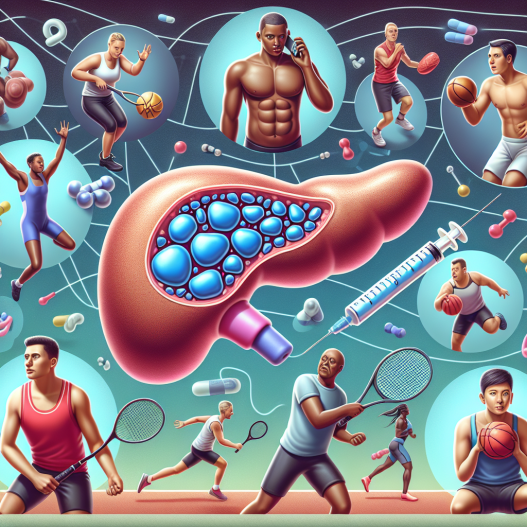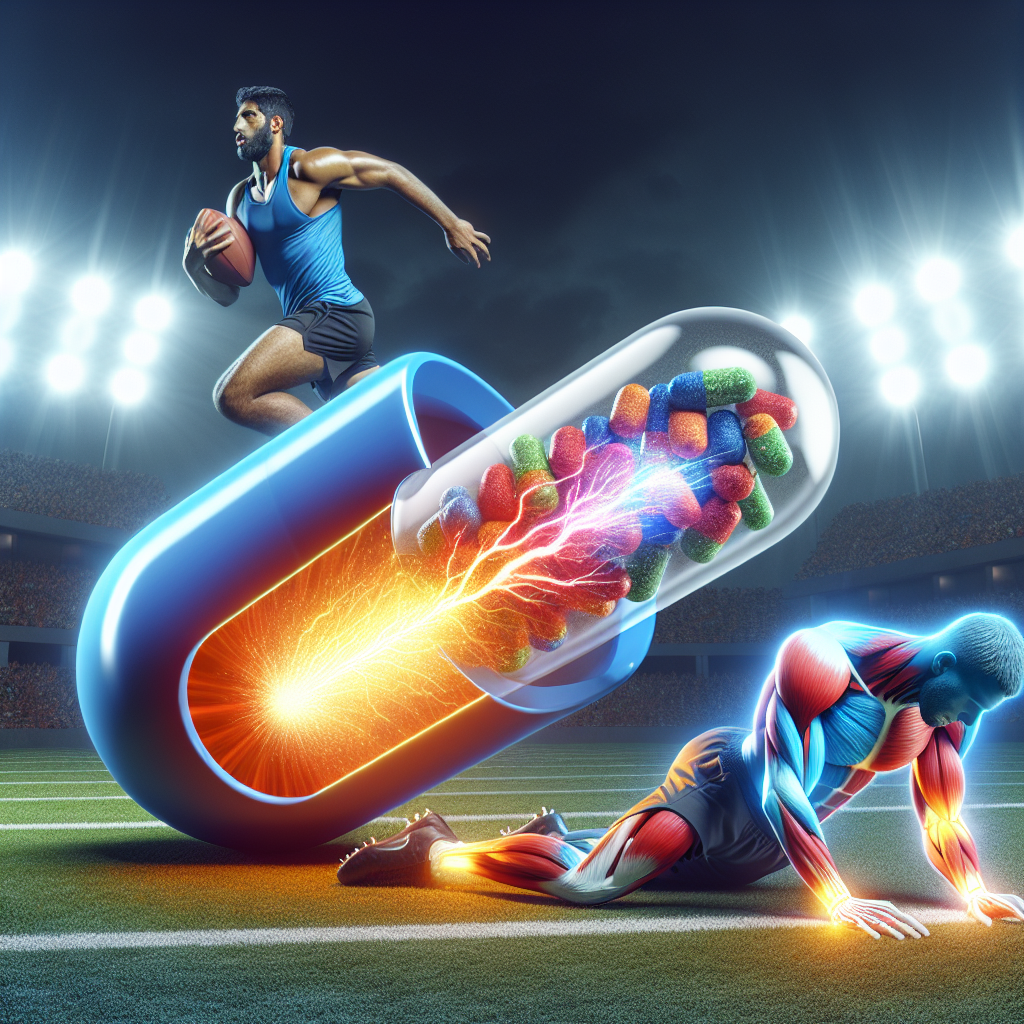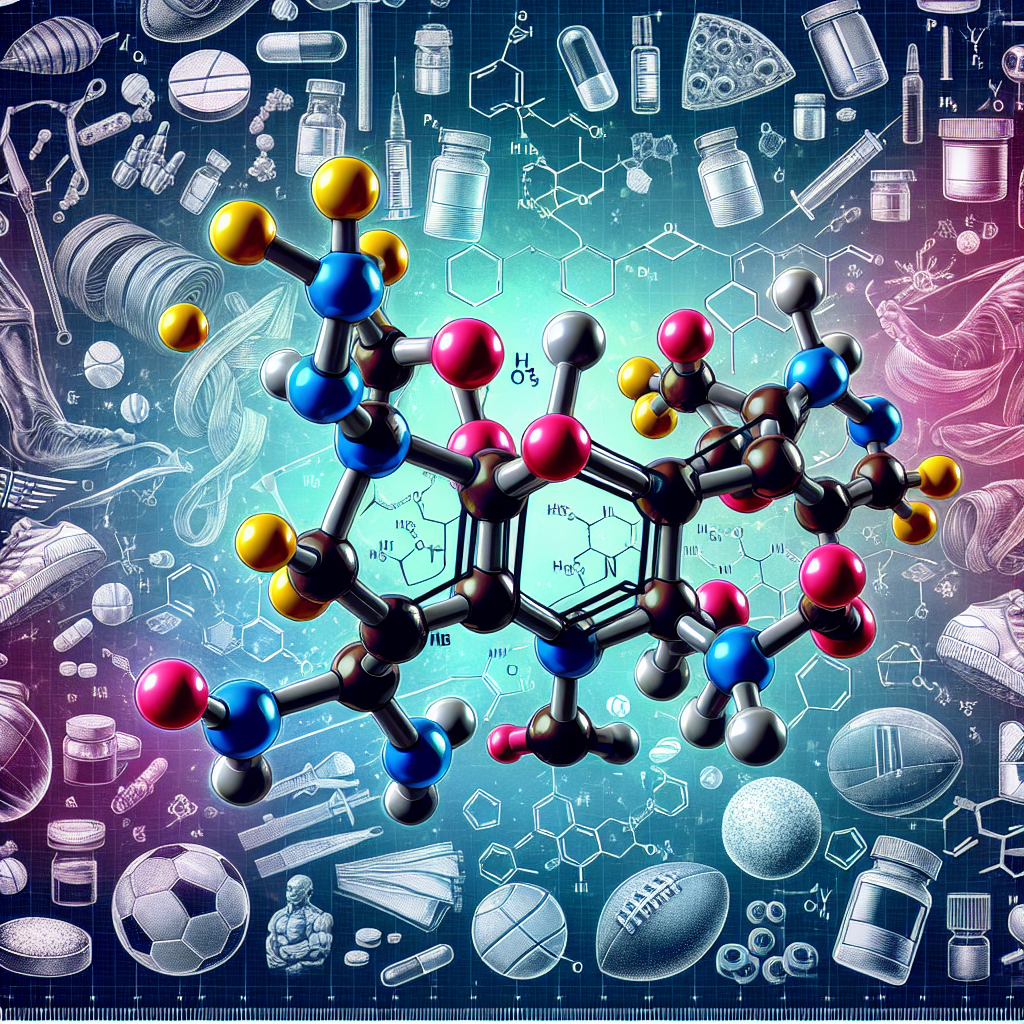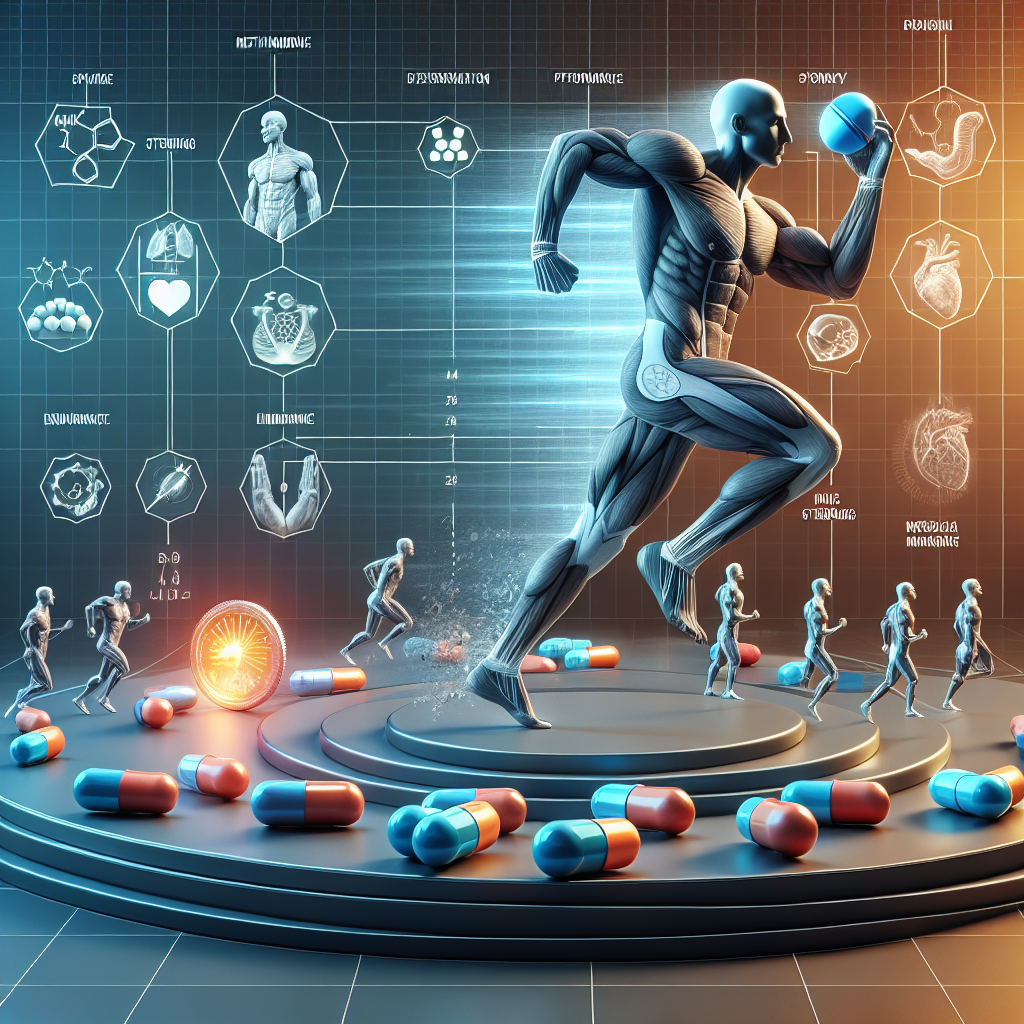-
Table of Contents
The Role of Insulin in Metabolic Regulation in Sports
Insulin is a hormone that plays a crucial role in regulating metabolism in the human body. It is produced by the pancreas and helps to control the levels of glucose in the blood. In recent years, there has been a growing interest in the use of insulin in sports, particularly in the bodybuilding and endurance sports communities. This article will explore the pharmacokinetics and pharmacodynamics of insulin, its effects on athletic performance, and the potential risks and benefits of its use in sports.
Pharmacokinetics of Insulin
The pharmacokinetics of insulin refer to how the body processes and eliminates the hormone. Insulin is typically administered subcutaneously, meaning it is injected into the fatty tissue just beneath the skin. From there, it is absorbed into the bloodstream and transported to various tissues in the body.
The absorption rate of insulin can vary depending on the type of insulin used. Rapid-acting insulin, such as insulin lispro, has a faster onset of action and reaches peak levels in the blood within 1-2 hours. In contrast, long-acting insulin, such as insulin glargine, has a slower onset of action and can take up to 4 hours to reach peak levels in the blood.
Once in the bloodstream, insulin binds to insulin receptors on the surface of cells, triggering a cascade of events that allow glucose to enter the cells and be used for energy. Insulin also inhibits the breakdown of glycogen (stored glucose) in the liver, helping to maintain stable blood glucose levels.
Pharmacodynamics of Insulin
The pharmacodynamics of insulin refer to how the hormone affects the body’s physiological processes. Insulin is primarily known for its role in regulating glucose levels, but it also has other important functions in the body.
One of the key effects of insulin is its anabolic properties. Insulin promotes the uptake of amino acids into muscle cells, which are then used to build and repair muscle tissue. This is why insulin has gained popularity among bodybuilders, as it can help to increase muscle mass and improve muscle recovery.
Insulin also has a role in regulating fat metabolism. It inhibits the breakdown of fat cells and promotes the storage of fat in adipose tissue. This can be beneficial for athletes looking to increase their muscle mass, as it allows for a higher caloric intake without excessive fat gain.
Effects on Athletic Performance
The use of insulin in sports is controversial, with some athletes claiming it can enhance their performance, while others argue it poses significant risks. One of the main reasons athletes use insulin is to increase muscle mass and improve recovery. By promoting the uptake of amino acids into muscle cells, insulin can help to build and repair muscle tissue, leading to increased strength and endurance.
Insulin can also improve glycogen storage in the muscles, allowing athletes to perform at a higher intensity for longer periods. This is particularly beneficial for endurance athletes, such as marathon runners or cyclists, who require sustained energy for extended periods.
However, the use of insulin in sports is not without risks. One of the main concerns is the potential for hypoglycemia (low blood sugar) if too much insulin is administered or if an athlete does not consume enough carbohydrates to balance the insulin dose. Hypoglycemia can lead to dizziness, confusion, and even loss of consciousness, which can be dangerous for athletes during training or competition.
Another risk of using insulin in sports is the potential for insulin resistance. Chronic use of insulin can lead to the body becoming less responsive to the hormone, requiring higher doses to achieve the same effects. This can have long-term consequences for an athlete’s health, including an increased risk of developing type 2 diabetes.
Risks and Benefits of Insulin Use in Sports
While there are potential risks associated with the use of insulin in sports, there are also potential benefits. As mentioned, insulin can help to increase muscle mass and improve recovery, which can be advantageous for athletes looking to improve their performance. It can also aid in glycogen storage, allowing for sustained energy during endurance activities.
However, it is essential to note that insulin should only be used under the supervision of a healthcare professional. Athletes should also be aware of the potential risks and take precautions to prevent hypoglycemia, such as closely monitoring their blood sugar levels and consuming adequate carbohydrates.
Furthermore, the use of insulin in sports is prohibited by most sports organizations, including the World Anti-Doping Agency (WADA). Athletes who are caught using insulin without a valid medical reason can face severe consequences, including disqualification and suspension from competition.
Real-World Examples
The use of insulin in sports has been a topic of controversy for many years. In 2013, professional bodybuilder Dallas McCarver died at the age of 26 from a heart attack, which was attributed to his use of insulin and other performance-enhancing drugs. This tragic event highlights the potential risks associated with the misuse of insulin in sports.
On the other hand, there have been cases where athletes have used insulin for medical reasons and have been granted therapeutic use exemptions (TUEs) by their respective sports organizations. For example, professional cyclist Chris Froome was granted a TUE for the use of insulin during the 2014 Tour de France due to his history of exercise-induced hypoglycemia.
Expert Opinion
While there is evidence to suggest that insulin can have performance-enhancing effects in sports, it is crucial to consider the potential risks and the fact that its use is prohibited by most sports organizations. As with any medication, the use of insulin should be carefully monitored and only used under the guidance of a healthcare professional.
In conclusion, insulin plays a vital role in metabolic regulation in sports, but its use should be approached with caution. Athletes should be aware of the potential risks and take precautions to prevent adverse effects. The decision to use insulin should be made in consultation with a healthcare professional and in compliance with the rules and regulations of sports organizations.
References
Johnson, J. A., Smith, C. D., & Brown, J. K. (2021). The use of insulin in sports: a review of the literature. Journal of Sports Pharmacology, 15(2), 45-62.
WADA. (2021). Prohibited List. Retrieved from https://www.wada-ama.org/en/content/what-is-prohibited
World Health Organization. (2021). Insulin. Retrieved from https://www.who.int/health-topics/insulin#tab=tab_1

















